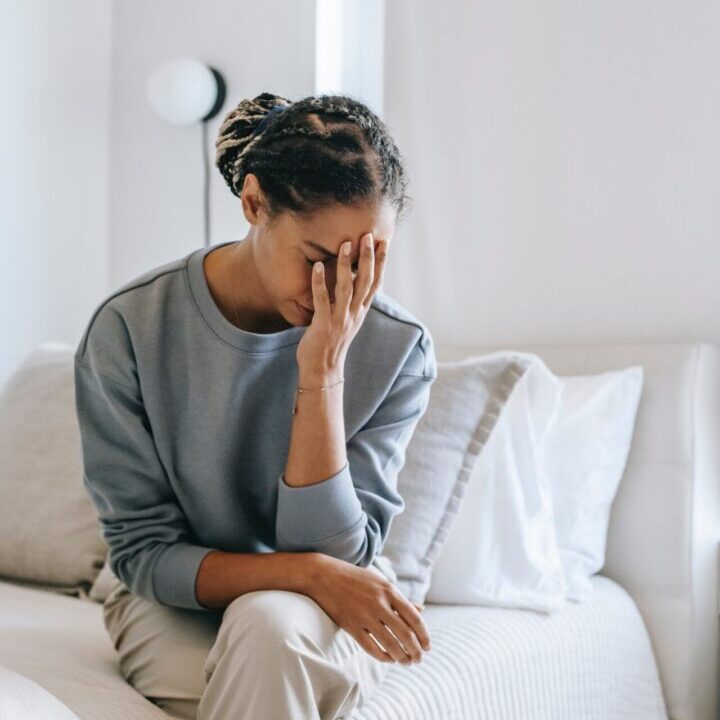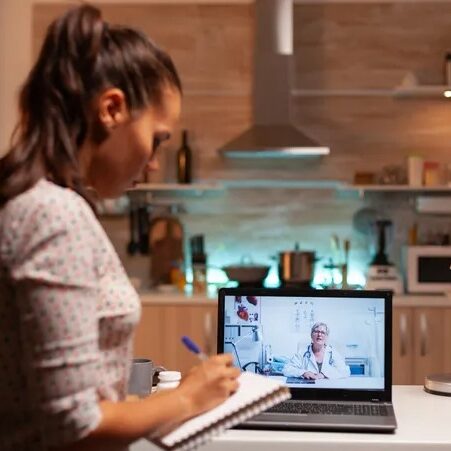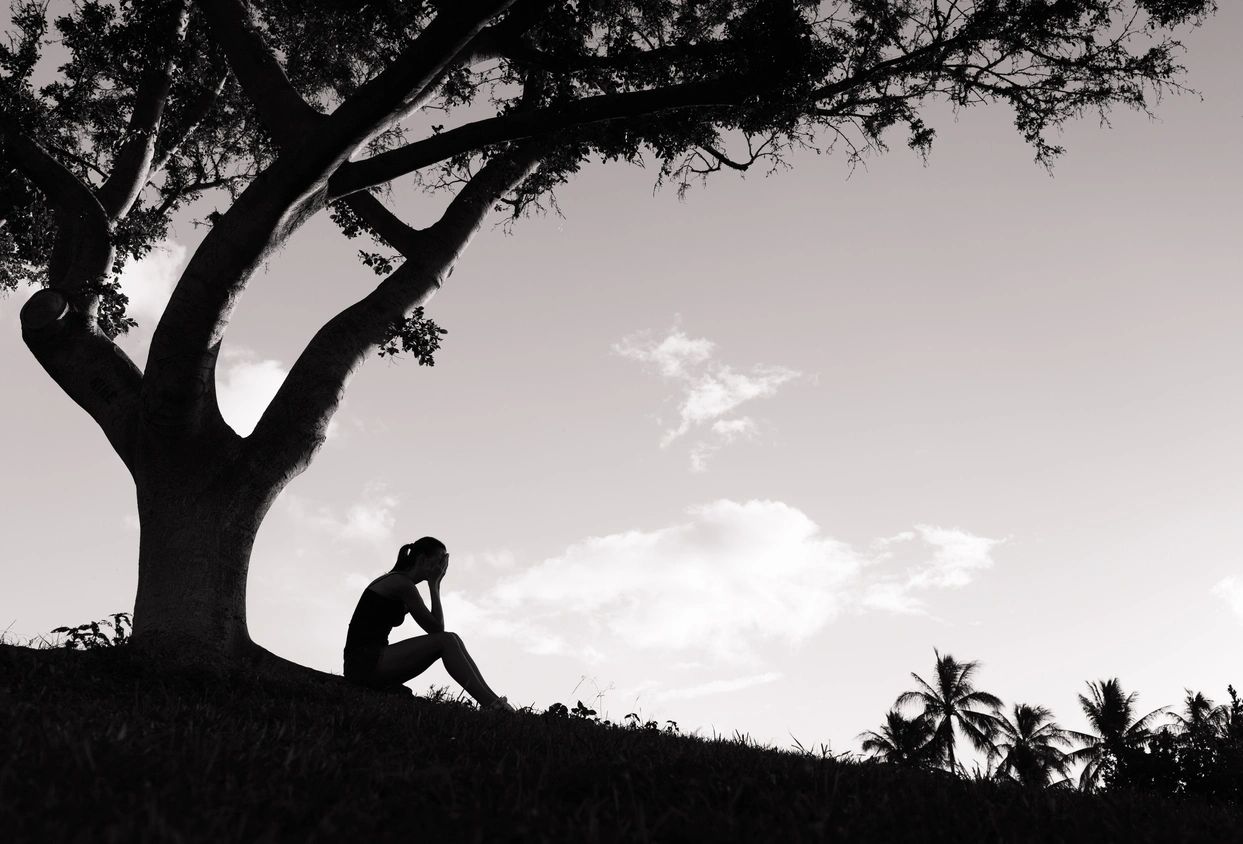Osteopathic treatment for Head Injury

Frequency of Treatment
Unlike most conventional therapies, osteopathy is not a 3-times-a-week kind of treatment, which is unusual for many patients to hear. Depending on your response during an osteopathic treatment, a follow-up treatment may be in 1 to 3 weeks or even 1 to 3 months! As mentioned above, osteopathy works on restoring position, mobility, and vitality, so after shifting things back towards correction, the body needs time to integrate those changes. More treatment does not necessarily mean a faster recovery.

Virtual Appointments Also Available
Virtual appointments are designed to help you navigate your health concerns. This services is available to ask questions and get specific information from a manual ostopathic practitioner and kinesiologist working in the concussion field.
For example, many frustrated patients with unique symptoms have used this service to discuss what they have done thus far, and ask if there is anything else they may have missed, or could do independently. There are many patients that don't feel normal, even though all their tests come back negative.
Each patient's needs are unique, and although I might provide a lot of useful information about your specific concerns, please understand it is not a replacement for your doctor's advice such as your medication usage.
Osteopath or Osteopathic Manual Practitioner?
Osteopathy was founded in the United States in the late 1800s by Andrew Taylor Still. Since then, osteopathy has flourished and evolved very differently in many different countries, so the type of osteopathy practiced can vary greatly between practitioners and countries. 'Osteopaths' are medical doctors from the U.S., who also practice osteopathy. 'Osteopathic Manual Practitioners' (DOMPs) are manual practitioners without a medical degree.
One of the main differences is that DOs study medicine first and then take courses in manual therapy, while DOMPs (in Canada, EU, and elsewhere) study manual therapy and take courses in medicine. Manual practitioners cannot prescribe medicine, give a medical diagnosis, or refer for medical imaging unless they are also medical doctors.

They do, however, require an undergraduate degree in health science, such as that of a: physiotherapist, chiropractor, massage therapist, kinesiologist, or athletic therapist before they can enter into the additional 4-7+ year osteopathy program.
So here, you can see why there are differences in the field including pros/cons to both DOs and DOMPs. For example, the majority of medical osteopaths (DOs) lean towards a pharmaceutical practice with some manual therapy, while the osteopathic manual therapists (DOMPs) have added 4-7+ years of manual osteopathic training on top of their already manual practices (physiotherapy, chiropractic, kinesiology, massage, or athletic therapy). In Canada, osteopathy is in the process of being regulated, which can account for additional diversity in practices and education.
Videos

Video from the Canadian College of Osteopathy explaining basic osteopathic treatment
A riveting and inspiring talk by Adrienne Larkin about how cranial osteopathy is changing lives and getting the victims of concussions well.
Video of an anatomy lab explaining 'fuzz' -a term used for stiff areas in the body that occur after injury. This is helpful to see what osteopathic manual therapists actually work on.
Attention: Careful if you are squeamish - video shows actual body parts including muscles, bones, and fascia.
Video from the Canadian College of Osteopathy explaining a general osteopathic assessment for headache
This provides a basic overview for an osteopathic assessment for headache - (i.e. it is not concussion specific)
